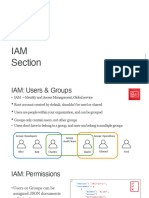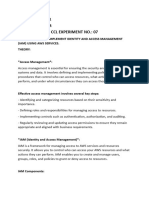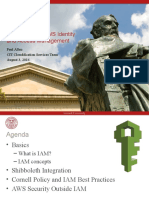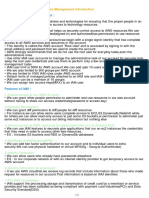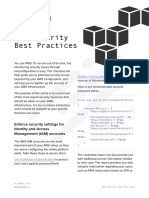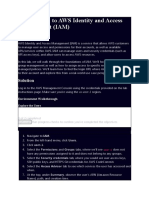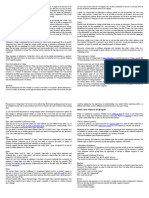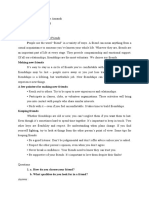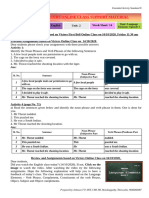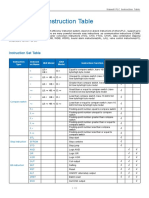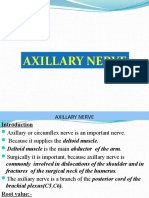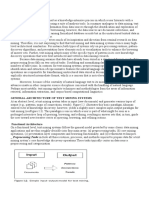0% found this document useful (0 votes)
22 views29 pagesAWS IAM Comprehensive Notes
The AWS IAM Reference Guide provides a comprehensive overview of Identity and Access Management (IAM) concepts, including users, groups, roles, and policies. It covers security best practices, advanced features, and troubleshooting techniques, emphasizing a secure-by-default approach and the importance of least privilege access. Additionally, it includes practical examples and commands for managing IAM resources effectively.
Uploaded by
pravicheersCopyright
© © All Rights Reserved
We take content rights seriously. If you suspect this is your content, claim it here.
Available Formats
Download as PDF, TXT or read online on Scribd
0% found this document useful (0 votes)
22 views29 pagesAWS IAM Comprehensive Notes
The AWS IAM Reference Guide provides a comprehensive overview of Identity and Access Management (IAM) concepts, including users, groups, roles, and policies. It covers security best practices, advanced features, and troubleshooting techniques, emphasizing a secure-by-default approach and the importance of least privilege access. Additionally, it includes practical examples and commands for managing IAM resources effectively.
Uploaded by
pravicheersCopyright
© © All Rights Reserved
We take content rights seriously. If you suspect this is your content, claim it here.
Available Formats
Download as PDF, TXT or read online on Scribd
/ 29


